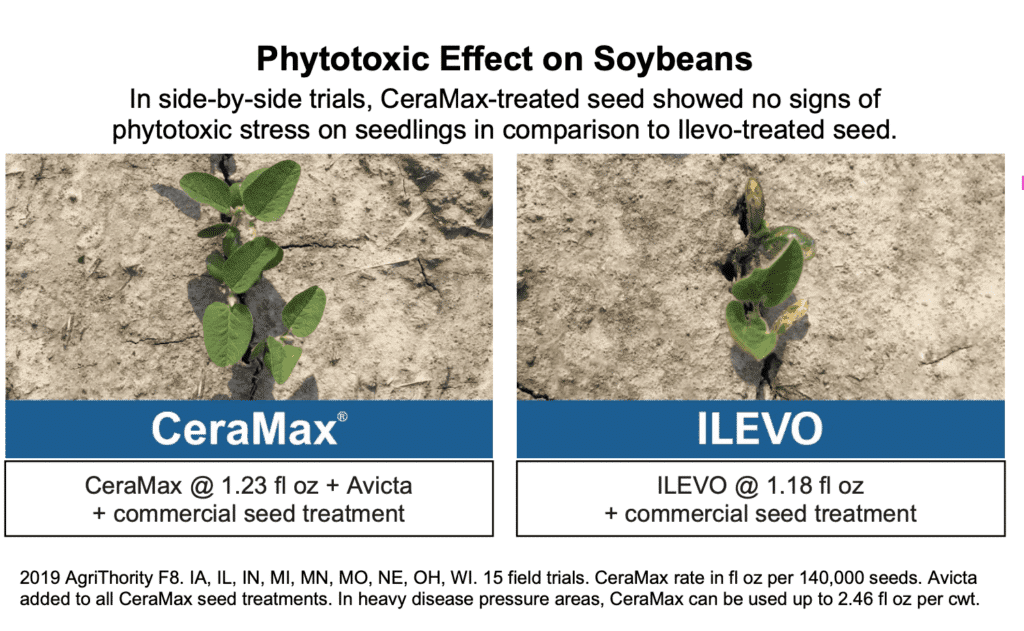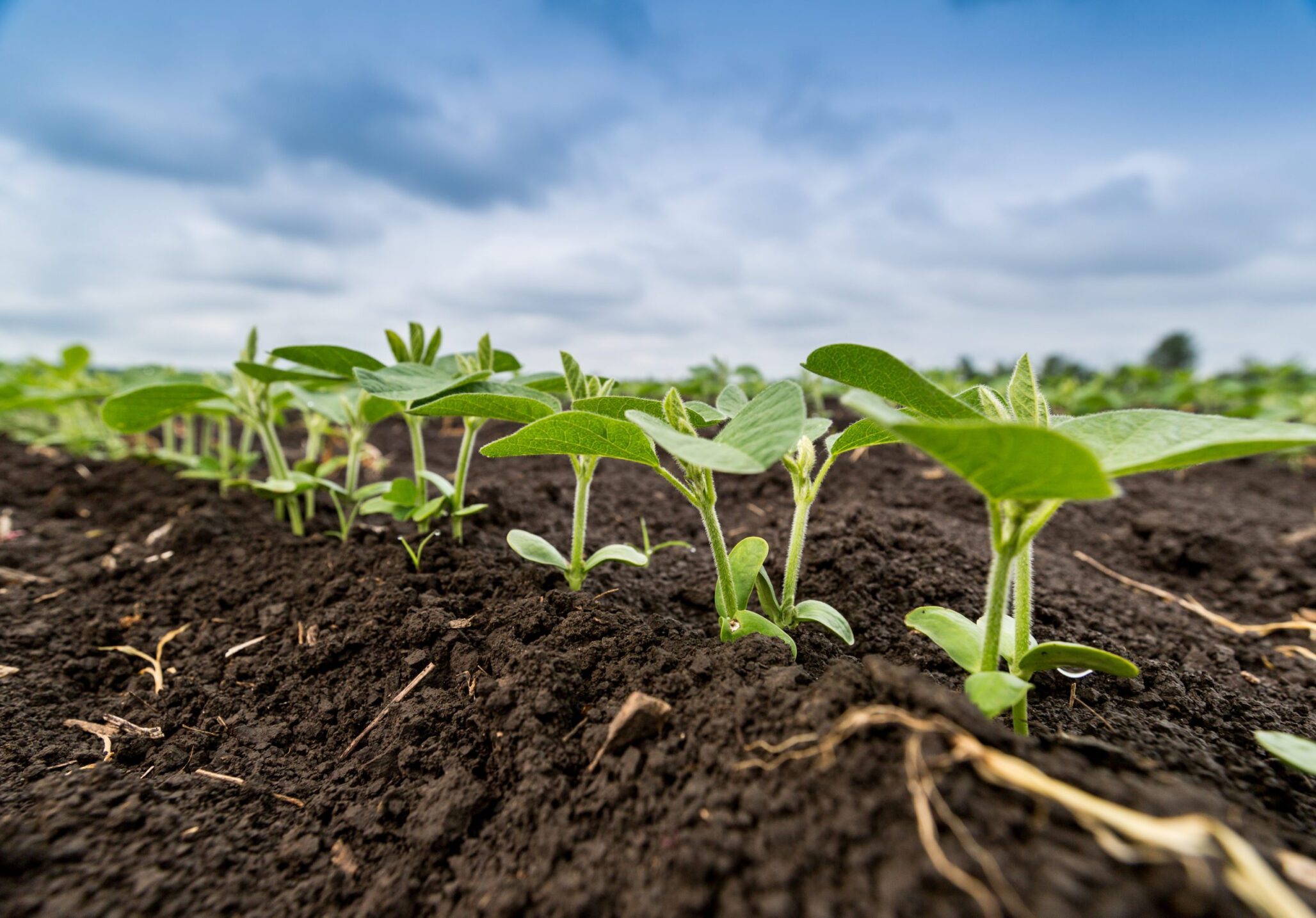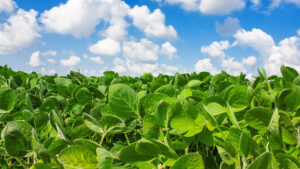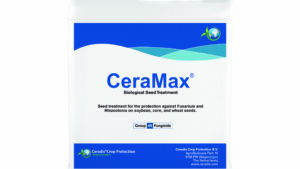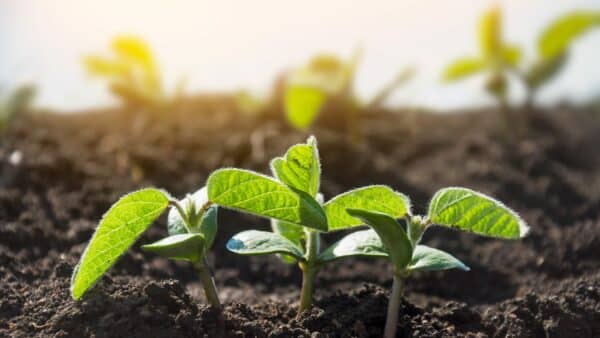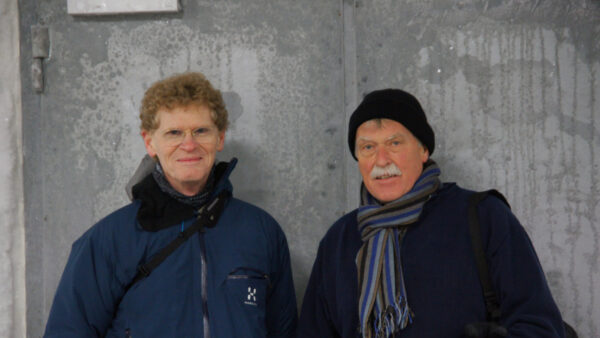Novel seed treatment sets new standard for protection plus proficiency.
As growers finish out the year, input decisions for next season are well underway especially in soybean geographies impacted by Sudden Death Syndrome (SDS).
Once SDS shows up in soybeans, there’s no rescue treatment – with yields at the mercy of this yield-robbing disease. And, because infection starts early, seed treatments are becoming the preventative weapon of choice for growers unwilling to gamble against SDS risks in 2022.
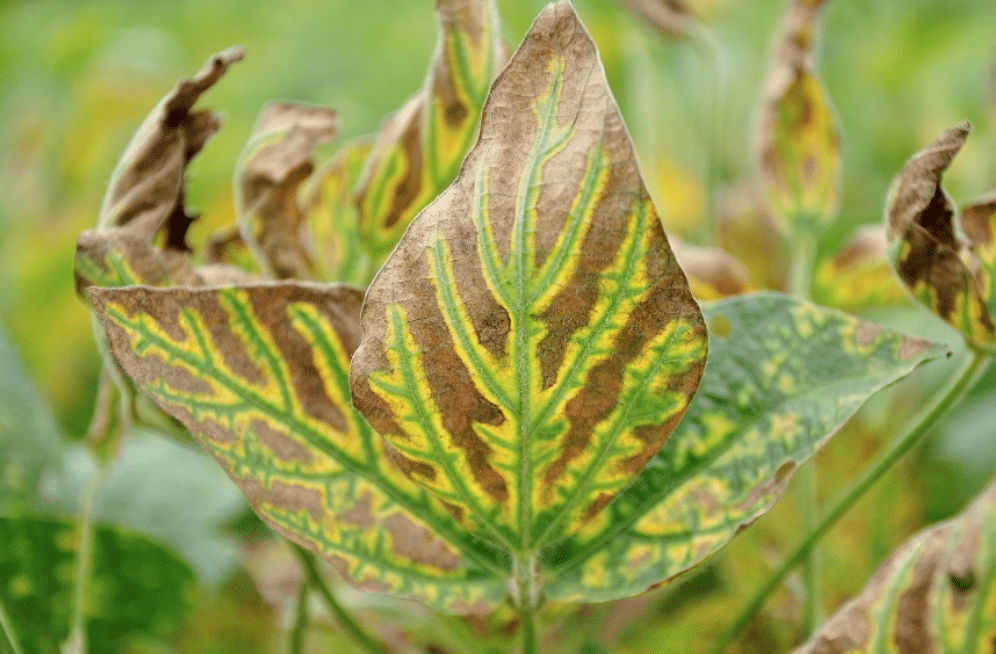
For those seeking new technology in SDS control – there is good news. CeraMax® biological seed treatment is the industry’s newest innovation for the prevention of soilborne fungal diseases including Fusarium virguliforme, the causal agent of Sudden Death Syndrome (SDS).
A New Kind of Biological
With inherent performance and environmental advantages, biologicals provide a new and exciting frontier by way of multifunctional attributes that improve plant health, vigor, and yield. Plus, a level of safety that is not often offered with traditional seed treatments.

Jan Stechmann, Vice President of Marketing and Sales for Ceradis Crop Protection, says the rapid adoption of CeraMax in areas where SDS has a trending history represents an important validation to the market’s growing demand for biologicals.
“Growers are realizing how biological inputs complement the plant’s genetics and traits, as well as traditional crop protection chemistry,” he says. “By leveraging biologicals and conventional chemistry, we are helping growers become more productive, profitable, and sustainable.”
Stechmann continues by saying that the formulation, application, and handling of biological products have significantly improved over the last 10 years. “CeraMax is a model product for what the industry has been waiting for,” he says. “It’s equivalent in SDS performance to synthetic seed treatments like Ilevo® and Saltro® but with environmental stewardship features and easier handling, plus better economic value for grower and retailer alike.”
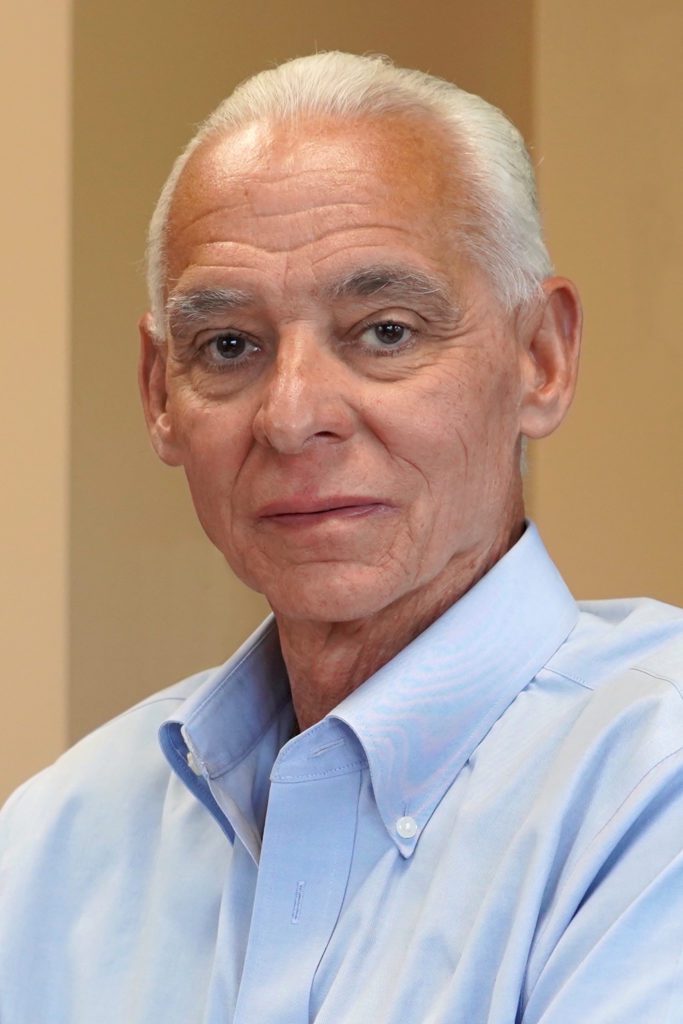
Bill Haubner, owner of Direct Enterprises Inc., in Westfield, Ind., concurs with Stechmann. “One of the main reasons we gravitated to CeraMax is because it’s the first SDS product of its kind with a new mode of action and a biological profile that is environmentally-friendly and safe for seed, plant, and beneficial microbial soil organisms,” he says.
CeraMax contains the active ingredient Natamycin, a biological molecule produced by soil bacteria that acts as a defense mechanism against fungi. Delivering early-season vigor for a stronger and more uniform emergence, CeraMax unique mode of action also provides growers with a new tool in the battle against resistance.
Proven Performance That’s Ready-to-Use
As reported by Ceradis, in multi-year research trials across 10 states, soybeans treated with the addition of CeraMax to Acceleron® Standard showed significantly lower SDS disease incidence with an average yield increase of 4.3 bushels per acre compared to Acceleron Standard used alone. In today’s prices, that equates to a $50 per acre increase for growers.

Beyond its proven efficacy, CeraMax comes in a ready-to-use formulation that provides smooth blending for consistent seed coverage and adhesion.
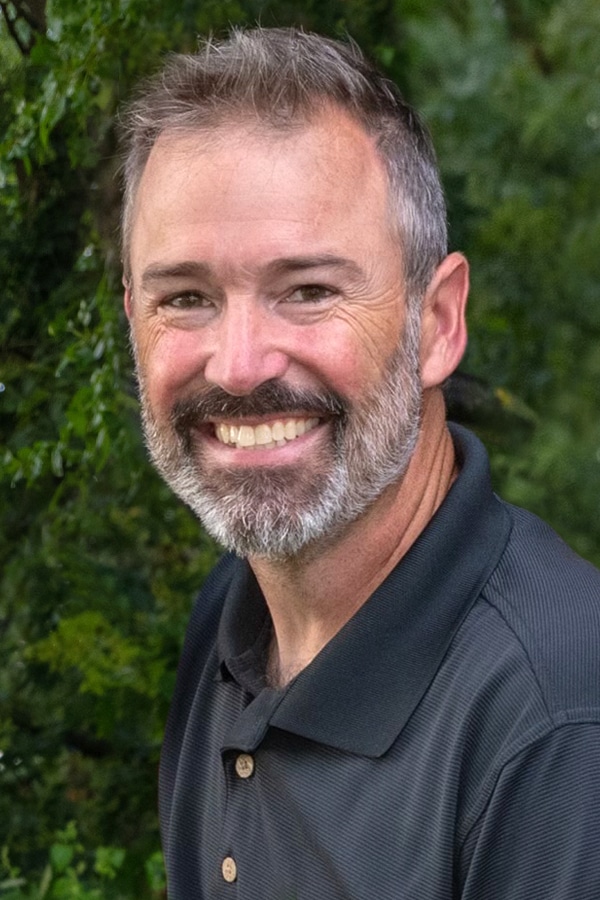
Ryan Pottinger, director of blending at Direct Enterprises Inc., says CeraMax provides key advantages that simplify the seed treatment blending process. “What I like about CeraMax is its compatibility across a broad range of seed treatments,” he says. “And because it’s a byproduct of a fermentation process, I’m comfortable putting it into my slurries without worrying about degradation or efficacy issues. CeraMax also has a two-year shelf life which is a bonus for maintaining inventory.”
Initially registered as a bio fungicide seed treatment for soybeans, CeraMax recently received EPA approval for expanding its label to corn and wheat.
As a recap for evaluating CeraMax for 2022:
- Protects against soil-borne diseases like Fusarium virguliforme and Rhizoctonia spp.
- Defends against SDS without stress for strong crop establishment and early season vigor.
- Lowers SDS incidence in soybeans with an average yield increase of 4.3 bushels per acre.
- Simplifies the seed treatment blending process with a ready-to-use formulation.
In conclusion, Stechmann says, “CeraMax provides growers with maximum protection and value by giving crops the early advantage needed to take on the agronomic challenges of the season. For retailers looking to add next-generation inputs to their portfolio, CeraMax is a high-performing seed treatment to help differentiate from the competition while using the power of nature to maximize crop potential, and revenue.”
For more information about CeraMax, go to www.ceradis.com, or email jan.stechmann@ceradis.com.
